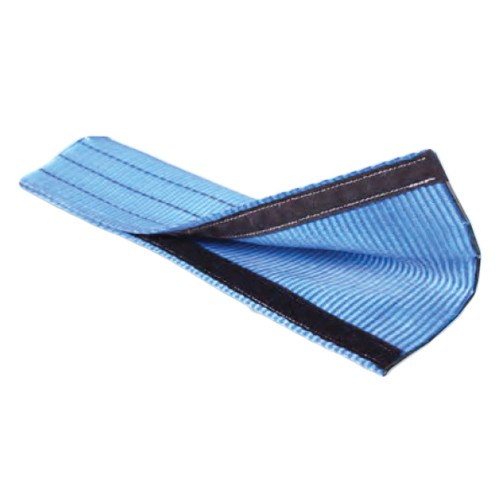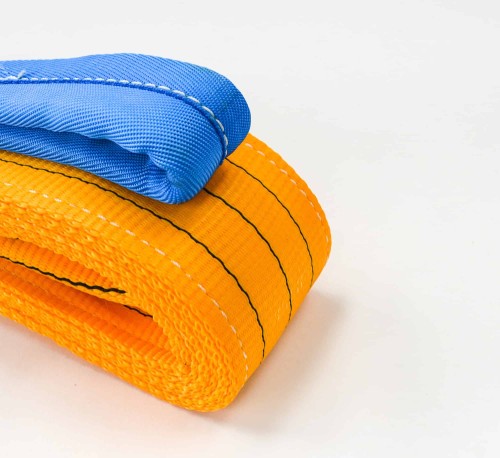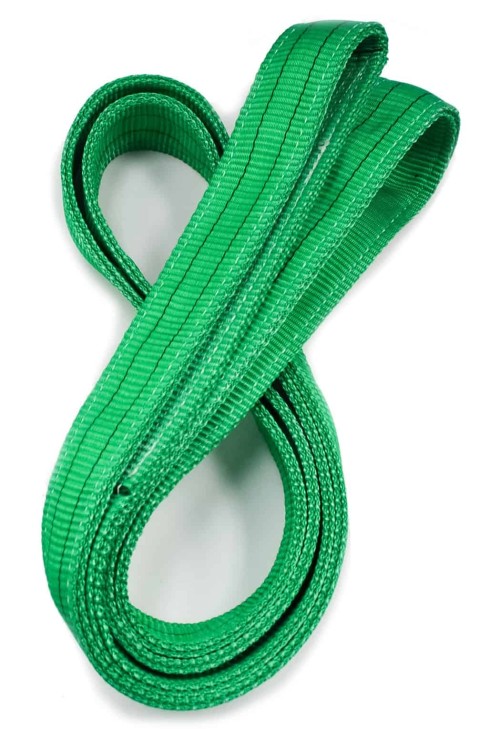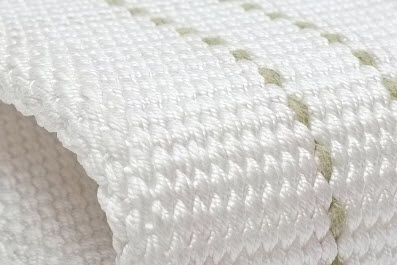How do you properly inspect a lifting sling before use?
To properly inspect a lifting sling before use, you should first make sure that the sling is not damaged in any way, such as by looking for cuts, tears, abrasions, or other types of damage. You should also check the sling’s hardware, such as its shackles, rings, and other attachments, to make sure that they are not bent, cracked, or otherwise damaged. Additionally, you should verify that the sling has the appropriate tag or label indicating its maximum load capacity and that it is suitable for the type of lift you are planning to perform. If you find any damage or other issues with the sling, you should not use it and should instead replace it with a new, undamaged sling.
What are the different types of lifting slings and their uses?
What are the safety precautions to take when using a lifting sling?
What are the maximum weight capacities of different types of lifting slings?
Lifting slings have a variety of different types, each with its own weight capacity. The maximum weight capacity of a sling depends on the type of sling and the material it is made from. For example, a nylon sling can have a maximum weight capacity of up to 6,000 pounds, while a polyester sling can have a maximum weight capacity of up to 8,000 pounds. The type of hitch used to attach the sling to the load also plays a role in determining the maximum weight capacity. It’s important to consult the manufacturer’s specifications or a certified rigger to determine the exact weight capacity of a particular sling.
How do you properly store and maintain lifting slings?
Lifting slings should be stored in a dry, clean, and well-ventilated area to prevent damage from moisture or other contaminants. They should be protected from heat, sunlight, and other sources of damage, and should be kept away from sharp edges or other hazards that could damage the sling. To maintain lifting slings, they should be inspected regularly for signs of damage or wear, and any damaged or worn slings should be removed from service and replaced. In addition, lifting slings should be handled carefully to avoid damaging them, and any oil, grease, or other contaminants should be removed from the sling as soon as possible to prevent damage.
What are the potential consequences of using a damaged or defective lifting sling?
Using a damaged or defective lifting sling can be extremely dangerous and can result in serious injury or death to anyone nearby. The sling may break or fail unexpectedly, causing the load it is carrying to fall and potentially strike someone. In addition, the damaged sling itself may become a hazard, potentially entangling or striking someone. It is important to always inspect lifting slings carefully before use and to replace any damaged or defective slings immediately to avoid these potential consequences.






